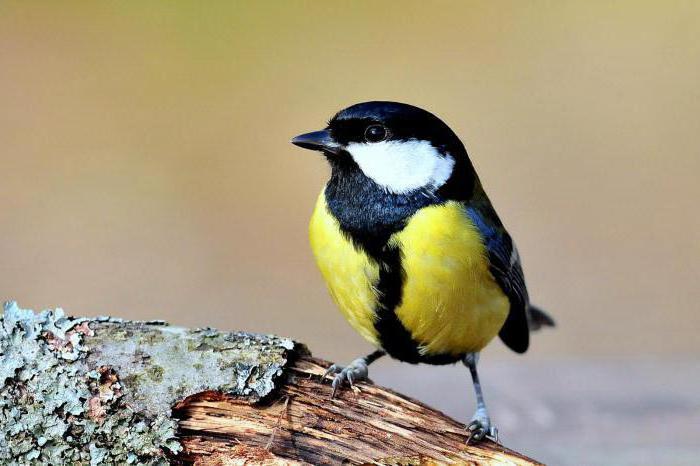The smallest taxon (category in biology) is called the species. Species - a group of individuals with similar morphological characters, freely interbreeding and at the same time giving fertile offspring. There are other, more extensive taxa. A group of related species, for example, forms a genus, and from close genera a family is obtained and so on. But today we will talk about the smallest taxonomic category, that is, species. What is a species, how is this taxon formed, and also what methods of speciation exist in nature? So, let's begin.
Speciation in nature
Speciation is the process of the formation of new species and their changes. There is such a thing as a barrier of interspecific compatibility. What is it?
This is the case when species, when crossed, do not have the ability to produce prolific offspring. According to the theory of evolution, speciation depends on hereditary variability. Today in biology there are two types of speciation - geographical and environmental. Let's talk about each of them in more detail.
Geographical speciation
Geographical, or, as it is also called, allopatric speciation, is the formation of new species in spatial isolation. Simply put, the formation of a species comes from populations that live in different geographical areas. Since the populations are separated for a long time, genetic isolation arises between them.
It persists even if the populations are no longer divided. There are many
examples of geographic speciation. Take the May Lily of the Valley example. It has five independent ranges at once, which at first were considered as one. It is important that they are all at a fairly large distance from each other. Races appeared on each territory, which led to the formation of independent plant species. Also, as an example of migration, consider the distribution of Great Tit.
This species, living in Europe, began to settle closer to the east. For this, there were northern and southern routes. Closer to the south, subspecies such as Bukhara and Lesser Tits formed; closer to the North, Lesser and Great. The latter do not produce hybrids.

It just so happened that due to such resettlement, a reproductive barrier arose between them. Consider another example. A long-standing species of Australian parrot existed in South Australia. It is worth noting that this is a rather humid area. With the onset of drought, the habitat changed, as a result of which the territory was divided into two parts: eastern and western. Naturally, over time, different types of parrots have formed on each of them. After a long time, the original range was almost restored. Climatic conditions again became the same, but once a single species could no longer interbreed, since genetic isolation had occurred. Thus, allopatric speciation is associated with isolation. As a result of this, new independent species are formed.
Ecological way of speciation
There is, in addition to the geographical, another way. This is ecological speciation. It also has a second name - sympatric. What is this way? Ecological speciation is the formation of new species as a result of the divergence of individuals in individual territories. That is, at the beginning the species lives on one area, and later, due to increased competition, it settles into other territories. For example, you can observe the following situation. The big rattle blooms all summer. But if every year in the middle of summer mowing grass in this area, the plant will no longer be able to produce seeds. For this reason, seeds that were given before or after mowing are preserved.
Thus, both types located on the same meadow cannot interbreed. Ecological speciation can be confirmed by the presence of closely related species in adjacent habitats. Sometimes these areas coincide completely.
Speciation and its role
Speciation methods have been studied for a long time, but this is rather difficult to study. This is due to the duration of the speciation process. Ecological and geographical speciation are very different from each other, nevertheless, each of them has a certain significance in the life of nature. Their main role is the formation of new species.